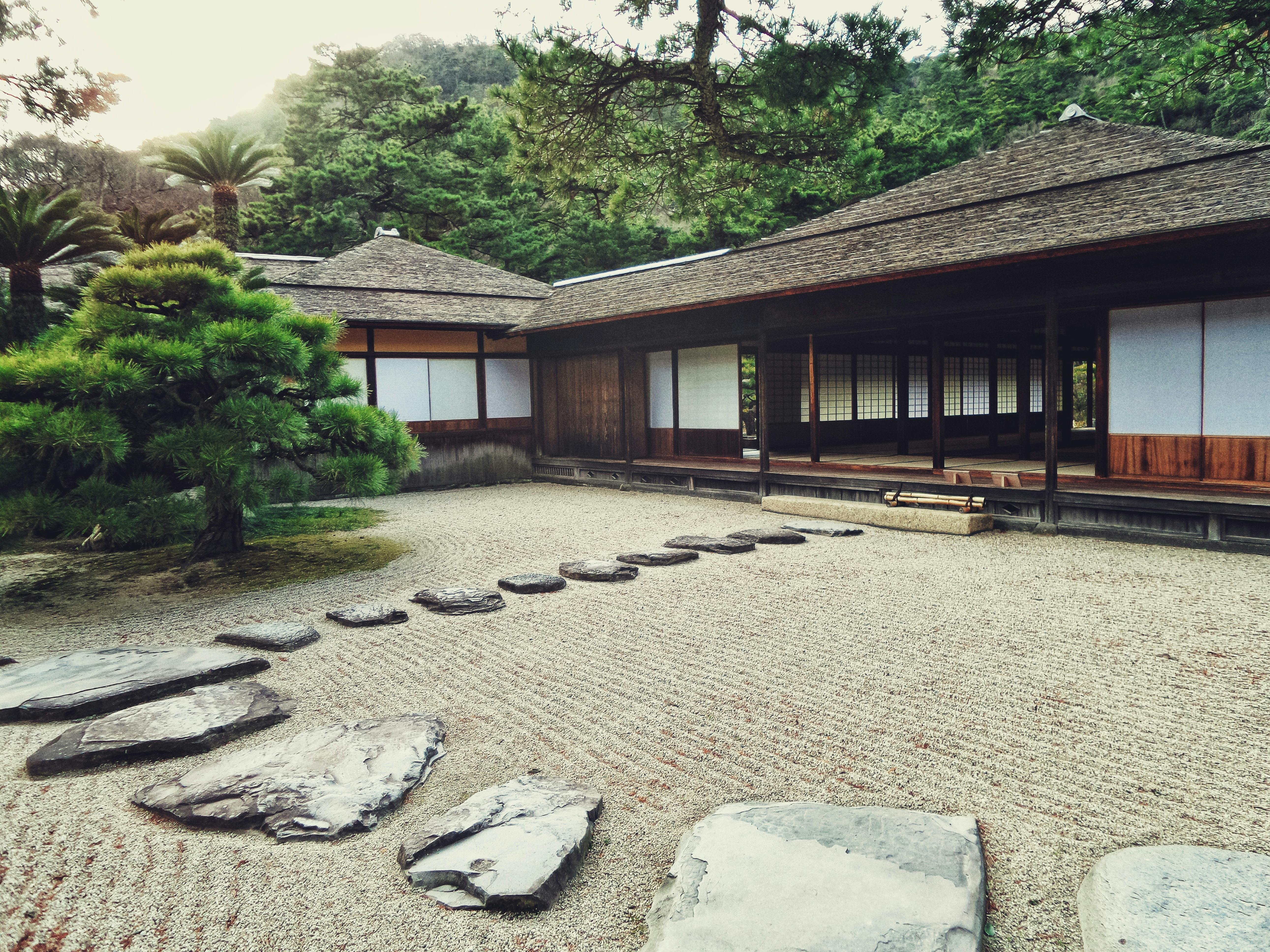Measuring your personal growth
Introduction
It was one of the Sundays and as usual a lot of thoughts were going through my head and suddenly my thought process got stuck at one point and it made me think and rethink how one can or should measure their personal growth. ?
1) Your success on tests is measured by the grades you get (your percentile).
2) Your success in business is measured by the income and profit you make.
3) The versatility of your business is measured by your expansion plans, both in terms of geographic expansion and foray into new industries.
4) Experience is usually measured in number of years.
5) Your height, your weight, your age… everything can be measured.
So how can you measure your “personal growth”?
things you do
To understand and measure your personal growth, let’s first list and understand various activities that we do in our life. Once we understand that, it will help us configure the measurement parameters and/or select the measurement scale. I have no doubt that when we talk about “Growth”, it should be objective and not subjective. It must be measured.
As an individual, whatever you do can easily be categorized into two parts:
1) Professional
2) Private
When we are children or adolescents we do certain things that either help us in our profession (give direction to our professional life) or make our private life more satisfying.
1) Professional Life: Basic Education, Professional Education, Salaries (Equity), Promotions (Role, Power to Make Decisions, Span of Control, etc.), Training and Development (Workshops and Seminars), your popularity (and demand) and Professional Network .
2) Private Life: Relations with family (Parents, Siblings, Relatives) and friends, Marriage (Success, Happiness and longevity of your married life), House and other comforts, Health, Children (Birth, Growth, Cleanliness and Values of your children), Love, Care and SATISFACTION.
(Note: Care has been taken to include everything a person should have or would like to have in this lifetime. However, this list is inclusive and not exclusive.)
Let’s analyze and measure
Well, the “Professional Front” of your life can be measured by the following factors:
1) Number of professional titles held.
2) Institutes in which you have studied (To study in good institutes, you must not only be intelligent and well-informed, but also have enough money to cover the expenses of your studies.)
3) If you are a salaried employee, what is your salary and how many increments do you receive each year? In case he has his own business, then the profit and wealth from him.
4) The Position and Appointment held. In short, what matters is your ability to make and influence decisions.
5) Your demand and popularity in your profession and industry, is another yardstick to measure the “Professional Front” of your life.
All of these factors are part of your “Personal Growth” and they are all measurable.
Now, let’s calculate your “growth” in “Private Life”. It is not possible to be successful on the “Professional Front” without “sacrificing” and making adjustments in your “Private Life”. However, what you have sacrificed and how you have established balance in relationships determines and measures your success on “Private Front”.
The following are the factors that can be measured and calculated:
1) Longevity and happiness of your married life
2) Amount you spent on your medications
3) Value system, education and success of your children (Believe it or not, but if your children are good citizens of their country; if they do well in academics; if they are successful in life… that is reflected in their successful).
4) It is not possible to keep everyone happy, one needs to identify (indeed choose) the people they want to keep happy and then do everything possible to ensure their happiness. Therefore, your success is measured in the choices you make, your judgment, and your setting of priorities.
However, there may be a slight difference, but all of these factors can be measured and evaluated. Like I said before, to measure your growth, you need to have a baseline. Measuring growth starts with the past and ends with the present. Your dreams and goals, start from your present and end, somewhere in your future.
Discussion table – Brainstorming
I asked a number of people from different countries, age groups, and both genders what they really mean by “Personal Growth” and how they think personal growth should be measured. Due to space limitations, it is not possible for me to include all responses, instead I have taken a sample size.
According to Marc Aniballi (CEO, Crack Method, Canada), his yardstick for measuring his personal growth changes over time and is based entirely on what phase of life he’s going through.
A baby measures his growth in inches;
A young man measures his growth through his peers;
A young man measures his growth in front of his parents;
An adult measures his growth against the world around him;
A mature adult measures his growth against himself;
An old man measures his growth against ideals;
Maria Sheila Riikonen (Business Intelligence Consultants, Finland), added a philosophical twist to her answer, saying that the path to personal and professional success is rarely easy, so it is important to have a strong sense of self wherever you are. lead the way. I always like to remember my favorite mantra from the American poet Ralph Waldo Emerson (1803 – 1882):
“Laugh many times and a lot,
To win the respect of intelligent people and the affection of children,
To win the appreciation of honest critics and endure the betrayal of false friends,
To appreciate beauty, to find the best in others,
To leave the world a little better, be it with a healthy child, a garden or a redeemed social condition,
Knowing that even a life has breathed better because you have lived.
This is having made it.”
In the words of Mukund Toro (Director of Engineering, Sasken, Bangalore, India), there are no generalized parameters to measure personal growth and everything varies and differs from person to person and largely depends on an individual’s background. He said: “I find it difficult to answer your question. I think it depends on the person; it depends on their needs, aspirations, obligations and duties. I guess it depends on what is central in their life. You could look at Habit Two (2) from Steven Covey regarding what the various centers of life are. I have found myself wrestling with various ways of defining success. Sometimes it’s career, sometimes finances, sometimes doing something for others, etc. To quote (not verbatim) to Dr. ES Srinivas of XLRI, some questions may never have clear answers. The important thing is to ask these questions.”
Dinky (Denise) Durso (Business Development, Manager, Alliant Credit Union, Chicago metropolitan area), is of the same mind, saying that the criteria for measuring personal growth vary from individual to individual and are largely influenced by the personal convictions. ideology and principles. He says, “While I can appreciate the basis of your question, I have a hard time aligning my beliefs and values within the confines of the terms of your question and answer. Growth and success don’t have to be measured, even within the terms of your question and answer.” that you put”. years, total income, or total wealth (income) for the year Rather, growth and success have more to do with immeasurable personal wealth (ideals, convictions, ethics) and personal successes, such as independence, work/work balance personal life, growth and income (which can be measured from year to year, but is not a true measure within one’s experiences).
I measure my growth based on how committed I am, how much support I receive from my manager/director, how successful I am within my business and personal goals and relationships, how much balance I have between my business and personal life, and how many relationships I have within all of them. aspects of my life. I’m sure I’m missing something important in this answer; but the main point is ~ money or your bank accounts cannot measure your growth, satisfaction or success, only your feelings, relationships and heart can measure your personal success.”
Jay Sison (General Manager, 1 & 1 Internet, Philippines) is of the opinion that in order to measure your “personal growth” one must clearly define your goals along with a time frame for achieving those goals. The views are expressed as follows: “The beauty of this question is that only the person can answer it and can set the baseline and timeline. One only has to outline the desired goal that can be objectively and subjectively quantified “. . Once defined, you can set the timeline in which you want to achieve and how aggressively you would like to achieve. I would recommend short, medium and long term. Therefore, the measurement depends on the standards of the person. The key word in his question is “personal.” “Growth” and “success” are relative to the person.”
In the words of Gary Sieling (software engineer at Thomson West, Rochester, New York area), the measurement of growth differs from time to time and is also based on phases of life. A person is a complex entity and there are so many things (activities) that are involved in his life. One cannot measure those whole things with a measurement scale. In order to measure everything that is involved in an individual’s life, one needs to use different scales. Thoughts are expressed as: “What I consider to be growth changes over time. Sometimes there are new things I want to learn or do, but sometimes your perspectives change completely, for example after having a health crisis.” You can set up metrics for those things.” – just not numerical measurements like you want. For example, if you want to grow a relationship, you can say “I keep up with them at least once a quarter on average” or “I would like a friend with whom I can talk about personal problems.” Those are just goals, and as long as you reach them, you’re growing. Be careful using a single measure: tracking your progress over time is usually informative, but if you use it as a decision-making tool, there are unintended consequences (for example, sacrificing health or happiness for more income). ). Unhappiness and lack of freedom are indicators of necessary growth.”
However, Bjorn Martinoff (USA/Global Managing Consultant at IL International human Capital Solutions, California), wants to clarify and says that there is a difference between growth and the satisfaction of doing something. He continues: “Many people confuse/collapse growth with success or growth and growth results mean income or achieving goals. Never ever confuse these two as they are so different. I can achieve goals without personal growth, i.e. I could winning the lottery, however, no growth is needed for this or I could find myself with an inheritance, not much luck is needed there either.So money can be excluded as a reliable measure of growth.However, money often, It’s not always, it’s the result of growth. For me the measures of growth and success are the level of freedom and happiness I experience in my life.”
Conclusion
Everything that can be measured can also be managed. Depending on what you want to measure, there are different measurement scales. Your Bank Balance (Your Assets and Wealth), Time, Education Level, Future and success of your children, your position in society and the way people perceive you (respect and admiration) that you have earned… these are some of the scales and criteria to measure your growth in “Personal” life.
If you want to “manage your life”; you should also know how to measure it.
Keep learning. Keep growing. Keep smiling.
Share your views.
with love
Sanjeev Himachali
(BLOG: http://sanjeevhimachali.blogspot.com/ and http://sanjeevhimachali.multiply.com/)
(Email: [email protected] and [email protected])









